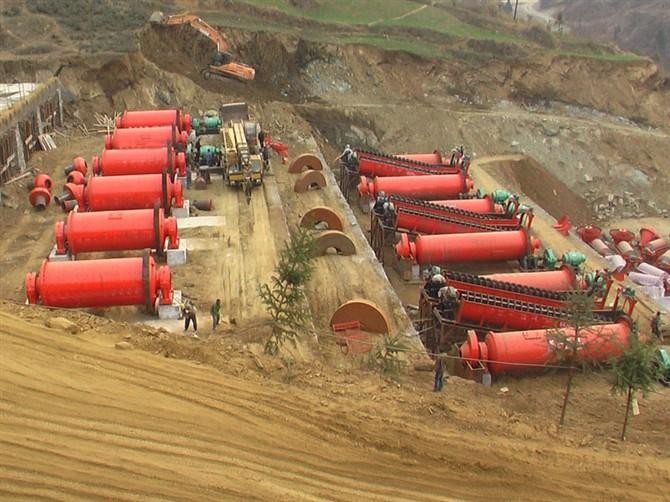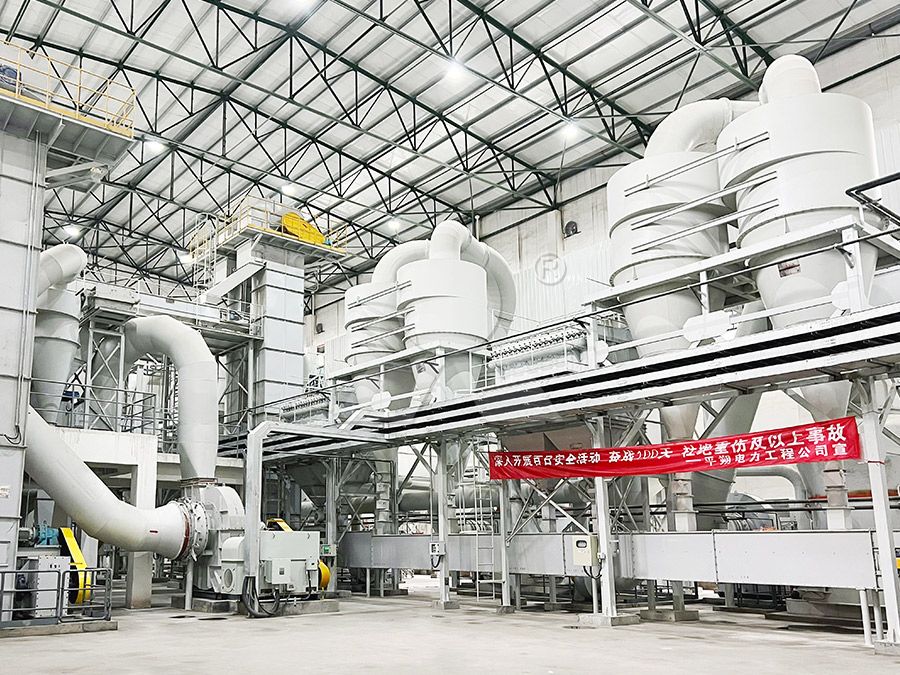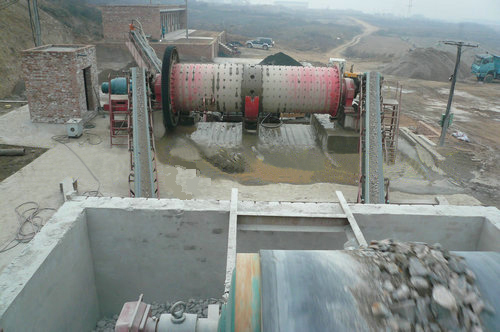What is the Average Cost Per Ton to Operate a Ball Mill?
We provide a wide range of mills — including Raymond mill, trapezoidal mill, vertical mill, ultrafine mill, and ball mill, obtained ISO9001 international quality certification, EU CE certification, and Customs Union CU-TR certification. Suitable for processing minerals such as limestone, phosphate, quicklime, kaolin, talc, barite, bentonite, calcium carbonate, dolomite, coal, gypsum, clay, carbon black, slag, cement raw materials, cement clinker, and more.
The discharge range of these mills can be adjusted to meet specific processing needs, typically from 80-400 mesh, 600-3250 mesh, and can achieve the finest particle size of up to 6000 mesh(D50).
If you are looking for a reliable grinding solution to turn stone or minerals into fine powder, please feel free to contact our online customer service.
What is the Average Cost Per Ton to Operate a Ball Mill?
This is a question we get a lot from plant managers and procurement specialists. The truth is, there’s no single, universal answer. The operating cost per ton for a ball mill is a complex calculation influenced by a myriad of factors. However, we can break down the primary cost components to give you a clear picture and, more importantly, show you how to significantly reduce that figure.
Key Factors Influencing Operating Cost
The total cost per ton is the sum of several variables:
- Energy Consumption: This is often the largest expense. Ball mills are notoriously inefficient, with only about 1-2% of the energy input actually used for the size reduction process. The rest is lost as heat, noise, and vibration. We’re talking massive electricity bills.
- Media & Liner Wear: The grinding media (balls) and liners are consumables. Their wear rate depends on the material’s abrasiveness, and replacing them means not just the cost of the parts but also significant downtime for maintenance.
- Maintenance & Downtime: Speaking of downtime, ball mills have many moving parts, bearings, and gears that require regular lubrication, inspection, and eventual replacement. Every hour the mill is not running is lost production revenue.
- Labor: Operating and maintaining a complex ball mill system requires skilled labor, adding to the operational overhead.

The Modern Alternative: Slashing Your Cost Per Ton
While ball mills have been industry workhorses for decades, technology has moved on. The real question savvy operators are asking is: “How can I minimize my cost per ton?” The answer often lies in upgrading to more efficient grinding technology.
This is where our advanced grinding solutions come into play. For operations focused on ultra-fine powders, the MW Ultrafine Grinding Mill presents a revolutionary step forward. Let’s compare:
- Energy Savings: The MW Mill’s innovative design features newly engineered grinding curves for its roller and ring. The result? With the same fineness and power, its production capacity is 40% higher than jet mills or stirred mills, and its yield is twice that of a ball mill. Critically, its system energy consumption is a mere 30% of a comparable jet mill. This directly translates to a drastically lower cost per ton from electricity alone.
- Reduced Maintenance & Wear: A game-changer for the MW Mill is its lack of rolling bearings and screws inside the grinding chamber. Operators are freed from constant worries about bearing failures or loose screws causing catastrophic damage. The lubrication points are externally located, allowing for maintenance without shutdowns, supporting true 24/7 continuous operation and maximizing uptime.
- Environmental Efficiency: Equipped with an efficient pulse dust collector and silencer, the entire milling system operates cleanly and quietly, often eliminating the need for additional capital investment in environmental controls.

Is a Ball Mill Still Your Best Option?
For some coarse grinding applications, ball mills might still be applicable. But for producers of high-value, ultra-fine powders in industries like chemicals, paints, cosmetics, and advanced materials, clinging to an outdated ball mill is like burning money.
The MW Ultrafine Grinding Mill offers precise fineness adjustment between 325-2500 meshes and achieves a superb screening rate of d97≤5μm in a single pass. When you calculate your total cost per ton—factoring in energy, media, maintenance, downtime, and labor—the numbers overwhelmingly favor modern, efficient technology.

Conclusion: It’s About Total Cost of Ownership
The average cost per ton for a ball mill is high and volatile. The path to lower costs, higher productivity, and greater profitability isn’t optimizing the old system; it’s adopting a new one. We encourage you to look beyond the initial investment and analyze the total cost of ownership.
If your goal is to produce ultra-fine powder with higher yield, lower energy consumption, and worry-free operation, we strongly recommend evaluating our MW Ultrafine Grinding Mill. Its design directly targets and minimizes the largest cost centers associated with traditional ball milling. Contact our technical team today for a detailed cost-benefit analysis tailored to your specific material and production goals.
